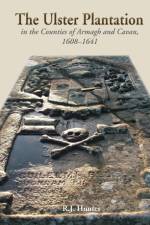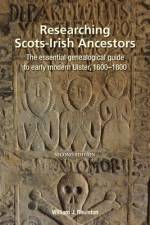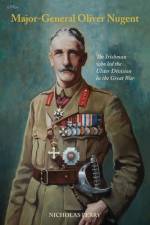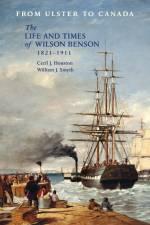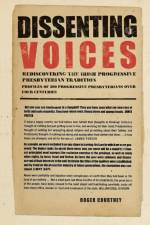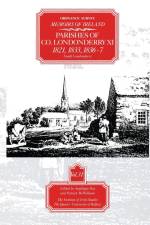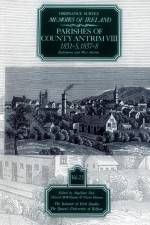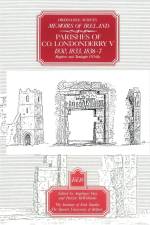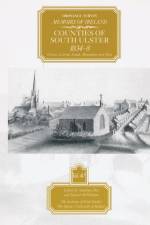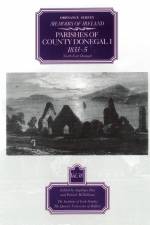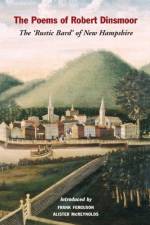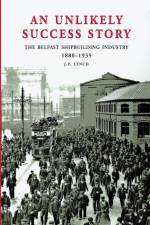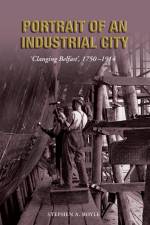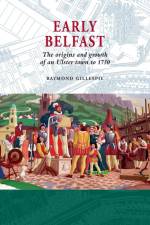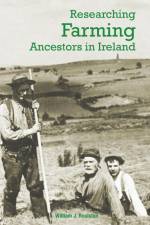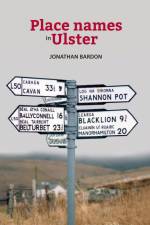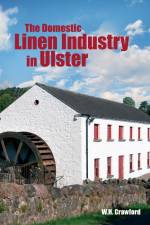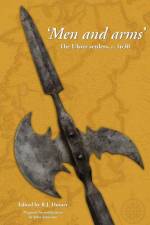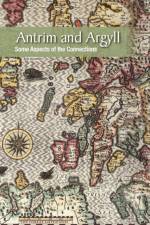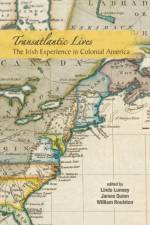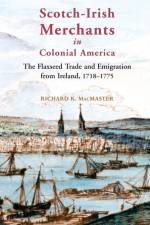von Jonathan Bardon
23,00 €
Irish language activist and director of the ULTACH Trust Aodán Mac Póilin wrote in his collected essays Our Tangled Speech, 'The Irish language named the landscape and if you know the language, the landscape talks back'. Undoubtedly a large majority of our place names in Ulster derive from Gaelic, in this fascinating study the author also explains the derivation of common Ulster place names from Viking, Anglo-Norman, English and Scottish roots, placing them in the context of Ulster history, for example, from the Elizabethan conquest or the Ulster Plantation.As well as demonstrating the origins of Gaelic place names from ancient kingdoms and peoples, physical features, the built environment such as ring forts and castles, religion and the Irish church, the guide expands to explain root words employed in townlands, towns and Irish land divisions, and shows how the new settlers, especially the landowners had an impact on Ulster place names. There is also a section explaining how these myriad influences impacted our street names, with Belfast used as an example to demonstrate this process in action historically.Investigation of our place names is an enjoyable and rewarding investigation of our past. Prehistoric sites, early Irish society, past and present landscapes are all there to be discovered. This book provides a guide to the interpretation of place names in Ulster, gives historical background and explains the origins of many of our place names. Place Names in Ulster is a doorway into a hugely interesting subject exploring the richness of our heritage of place names and how these reveal so much about our landscape, people, flora and fauna, and so much else. The guide is a practical research tool that will aid researchers, novices and the more experienced alike, especially those interested in family and local history.As a small tribute to Dr Bardon, the Foundation would like to produce a new edition of one of his lesser known, but still highly regarded, works. Around 1992 Jonathan turned his attention to place names and the result was a short but incredibly accessible, fascinating and broad-ranging guide. Originally published as Investigating Place Names in Ulster, and subsequently reprinted as Place Names in the North of Ireland this guide is a superb introduction and essential reading for anyone making a foray into the origins of the place names of Ulster.

